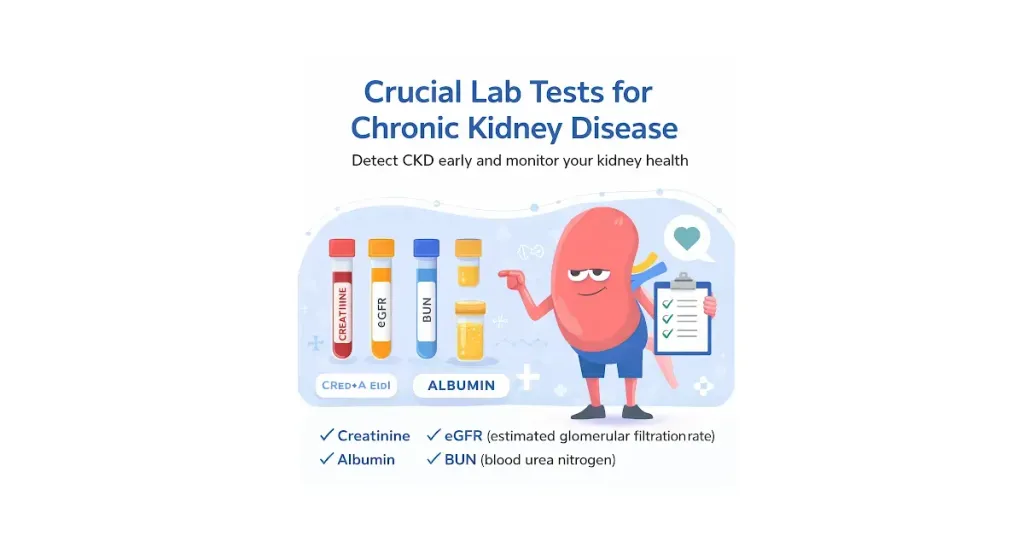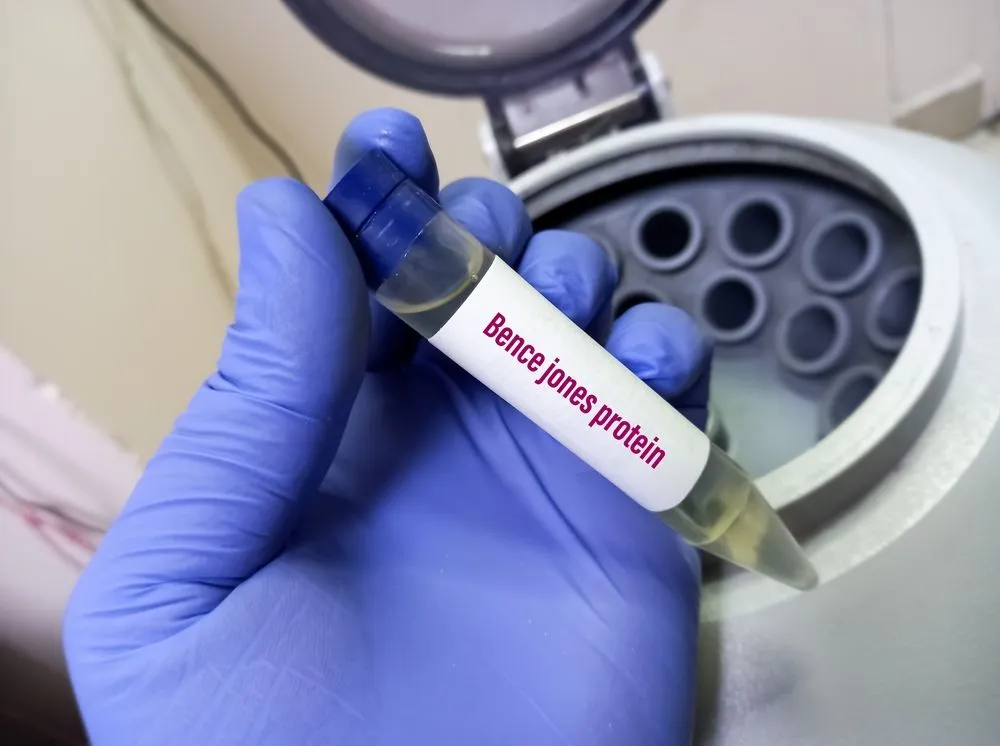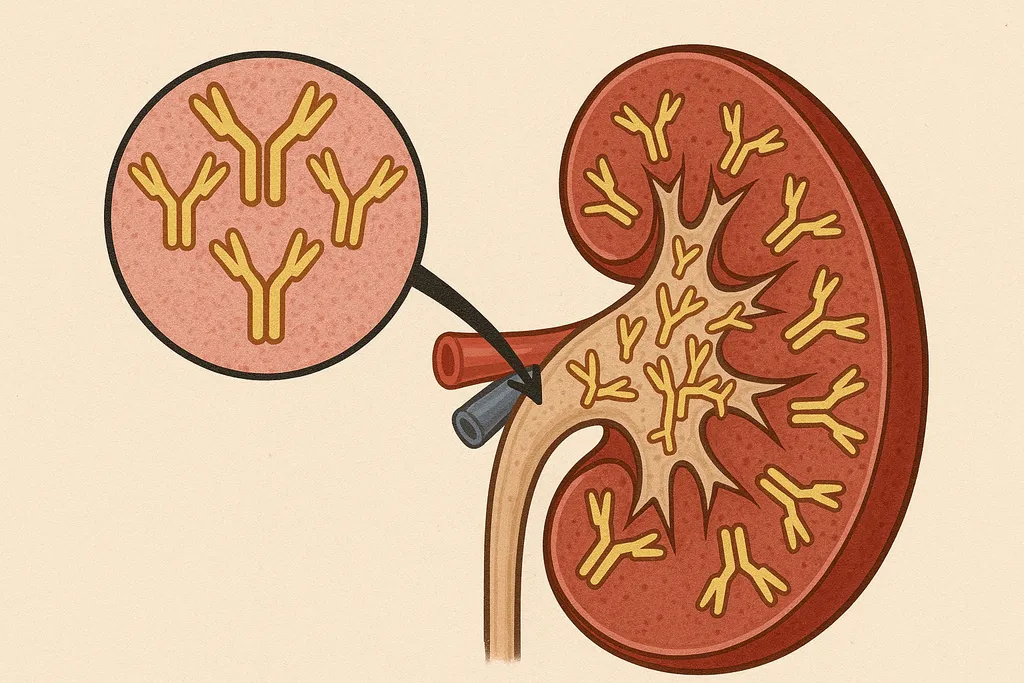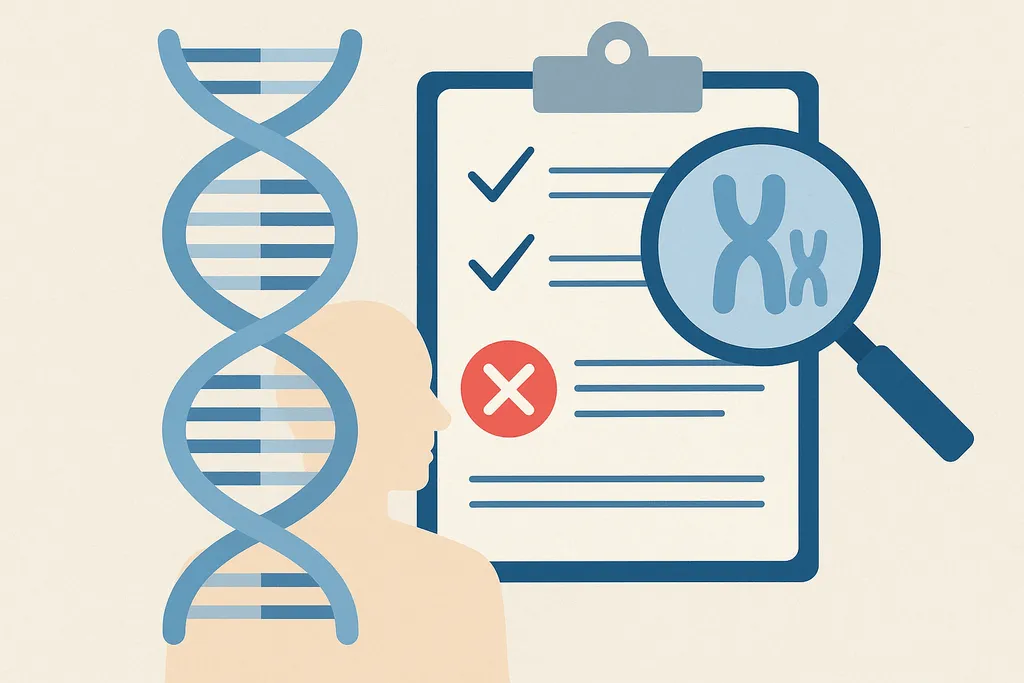What are Myeloma Treatment Response Levels?
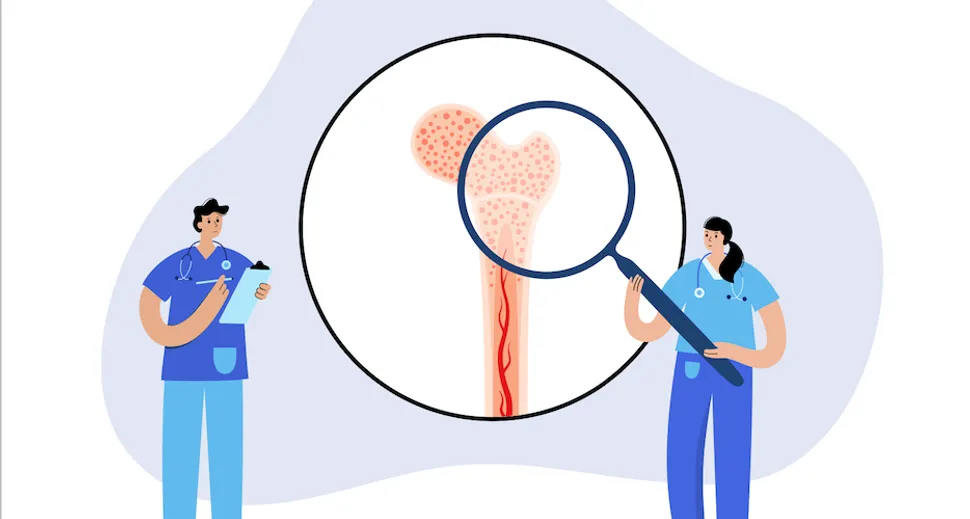
What are Myeloma Remission and Relapse?
What does it mean to be in remission with multiple myeloma? Let's first discuss the basics: being in remission with myeloma is not the same as being cured of it. Remission can be in part or in full.
You may still have detectable myeloma but have fewer cancer cells present. Every patient wonders how long that remission will last, but there is no simple formula and every patient is different. It can depend on the type of myeloma treatment you receive, the genetics of your myeloma, and other health factors.
It is common for myeloma to return after an initial remission, a condition called relapsed multiple myeloma. Today's treatment aims to extend the length and depth of remissions until a cure can be found.
What are Myeloma Treatment Response Levels?
After a person with myeloma has finished treatment, different response levels indicate how well they responded to therapy. These are often written as acronyms. Outlined below are the various treatment responses present in myeloma.
- Stable disease (SD): Stable disease in myeloma is when a person has had some response to treatment but less than 50% reduction in monoclonal protein levels. Their disease is not improving or getting worse.
- Partial response (PR): Partial response is when a person has had over a 50% reduction in their blood monoclonal protein and a reduction of over 90% of M-protein in the urine. Example: If a patient had a plasmacytoma (a single lesion), a partial response would mean over a 50% reduction in tumor size.
- Very good partial response (VGPR): A very good partial response means that the monoclonal protein levels can be detected by the IFE (immunofixation test), but not by the electrophoresis test in the blood and urine. It also means that the M-protein has been reduced in the blood by over 90%.
- Complete response (CR): A complete response means that there is no detectable monoclonal protein (M-protein) in the body.
- Stringent complete response: Stringent complete response means that a person has achieved a complete response and they also have a normal free light chain ratio and have no clonal cells in the bone marrow as measured by immunohistochemistry (testing for antigens in the tissue) or immunofluorescence (detecting for antigens using a fluorescent dye).
- Minimal residual disease negative (MRD Negative): More sensitive testing is available that can detect lower levels of disease either by flow cytometry or by Next Generation DNA Sequencing. If a person is MRD negative, it means they have achieved a very deep response and no myeloma cells can be detected in a sample of a million bone marrow cells. This is a bone marrow biopsy test.
- Progressive disease (PD): Progressive disease in myeloma is defined by a ≥ 25% increase from the lowest response value achieved in various markers such as serum M-component, urine M-component, or bone marrow plasma cell percentage. It also includes the development or increase in size of new or existing bone lesions or soft tissue plasmacytomas, or a significant increase in circulating plasma cells.
Learn from HealthTree University about Myeloma Treatment Responses
Join the HealthTree for Myeloma Newsletter to Learn More!
We invite you to click the button below to subscribe to our newsletter and stay updated on the latest advancements in multiple myeloma.
JOIN THE HEALTHTREE FOR MYELOMA NEWSLETTER
What are Myeloma Remission and Relapse?
What does it mean to be in remission with multiple myeloma? Let's first discuss the basics: being in remission with myeloma is not the same as being cured of it. Remission can be in part or in full.
You may still have detectable myeloma but have fewer cancer cells present. Every patient wonders how long that remission will last, but there is no simple formula and every patient is different. It can depend on the type of myeloma treatment you receive, the genetics of your myeloma, and other health factors.
It is common for myeloma to return after an initial remission, a condition called relapsed multiple myeloma. Today's treatment aims to extend the length and depth of remissions until a cure can be found.
What are Myeloma Treatment Response Levels?
After a person with myeloma has finished treatment, different response levels indicate how well they responded to therapy. These are often written as acronyms. Outlined below are the various treatment responses present in myeloma.
- Stable disease (SD): Stable disease in myeloma is when a person has had some response to treatment but less than 50% reduction in monoclonal protein levels. Their disease is not improving or getting worse.
- Partial response (PR): Partial response is when a person has had over a 50% reduction in their blood monoclonal protein and a reduction of over 90% of M-protein in the urine. Example: If a patient had a plasmacytoma (a single lesion), a partial response would mean over a 50% reduction in tumor size.
- Very good partial response (VGPR): A very good partial response means that the monoclonal protein levels can be detected by the IFE (immunofixation test), but not by the electrophoresis test in the blood and urine. It also means that the M-protein has been reduced in the blood by over 90%.
- Complete response (CR): A complete response means that there is no detectable monoclonal protein (M-protein) in the body.
- Stringent complete response: Stringent complete response means that a person has achieved a complete response and they also have a normal free light chain ratio and have no clonal cells in the bone marrow as measured by immunohistochemistry (testing for antigens in the tissue) or immunofluorescence (detecting for antigens using a fluorescent dye).
- Minimal residual disease negative (MRD Negative): More sensitive testing is available that can detect lower levels of disease either by flow cytometry or by Next Generation DNA Sequencing. If a person is MRD negative, it means they have achieved a very deep response and no myeloma cells can be detected in a sample of a million bone marrow cells. This is a bone marrow biopsy test.
- Progressive disease (PD): Progressive disease in myeloma is defined by a ≥ 25% increase from the lowest response value achieved in various markers such as serum M-component, urine M-component, or bone marrow plasma cell percentage. It also includes the development or increase in size of new or existing bone lesions or soft tissue plasmacytomas, or a significant increase in circulating plasma cells.
Learn from HealthTree University about Myeloma Treatment Responses
Join the HealthTree for Myeloma Newsletter to Learn More!
We invite you to click the button below to subscribe to our newsletter and stay updated on the latest advancements in multiple myeloma.
about the author
Jennifer Ahlstrom
Myeloma survivor, patient advocate, wife, mom of 6. Believer that patients can contribute to cures by joining HealthTree Cure Hub and joining clinical research. Founder and CEO of HealthTree Foundation.
More on Core Education
Trending Articles
Upcoming Events




Get the Latest Multiple Myeloma Updates, Delivered to You.
By subscribing to the HealthTree newsletter, you'll receive the latest research, treatment updates, and expert insights to help you navigate your health.
Together we care.
Together we cure.
3x Faster.

